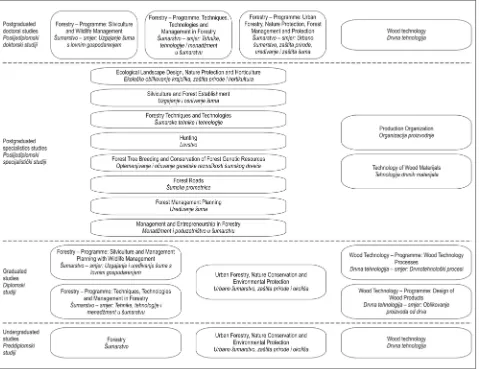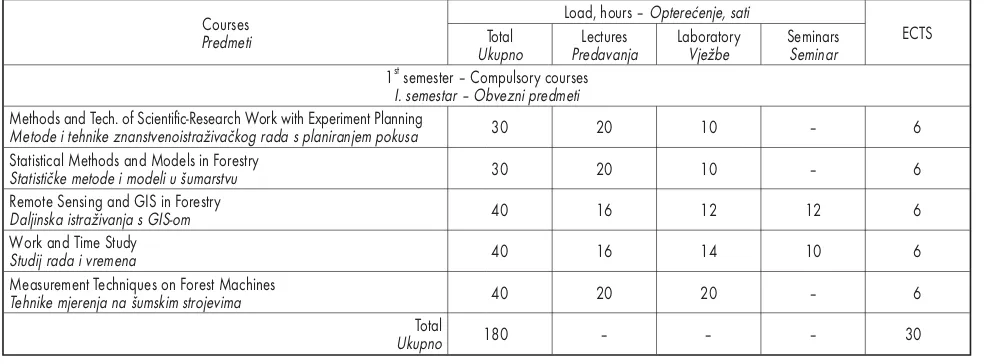Faculty of Forestry, University of Zagreb and Department of Forest Engineering in the Bologna Process
Full text
Figure




Related documents
2 Three different basket materials were used to contain fuel particulate in the subject electrolytic reduction tests – stainless steel mesh (depicted in Figure 1), sintered
First of all, this paper will analyzes the current situation of China's pharmaceutical industry, mainly from the macro environment, industry competition environment, and.. then
18 Francee Anderson, Sylvia Bremer and Dorothy Cumming received their training, and their start in their profession, at Sydney’s three major schools of elocution, Lawrence Campbell’s
For example, although different indigenous communities in Kenya have always had early childhood education programs, the existing formal curricula are molded after various British
Study results also provide that the “Taiwan Province of China” stock market returns (in all periods) and the Japanese, UAE and Kuwait in some other periods
From the onset of this study, the focus of this research study has been on the advertising effectiveness of product placement in reality television in
The findings for these institutions broadly cor- roborate the results reported in F ELD and M ATSUSAKA (2003), using a model specification that breaks the
